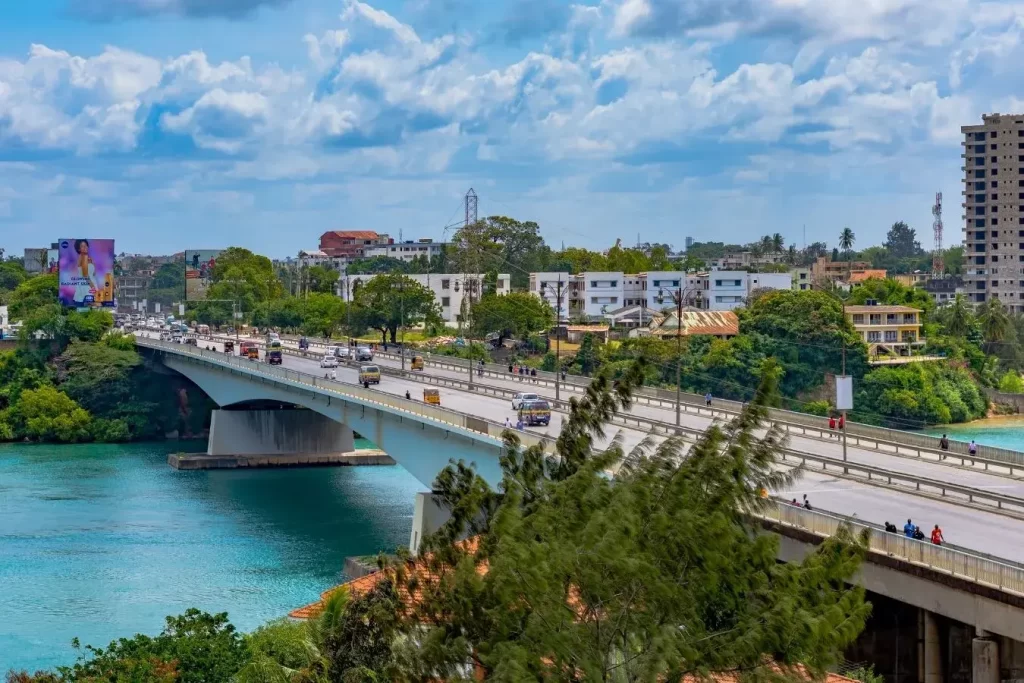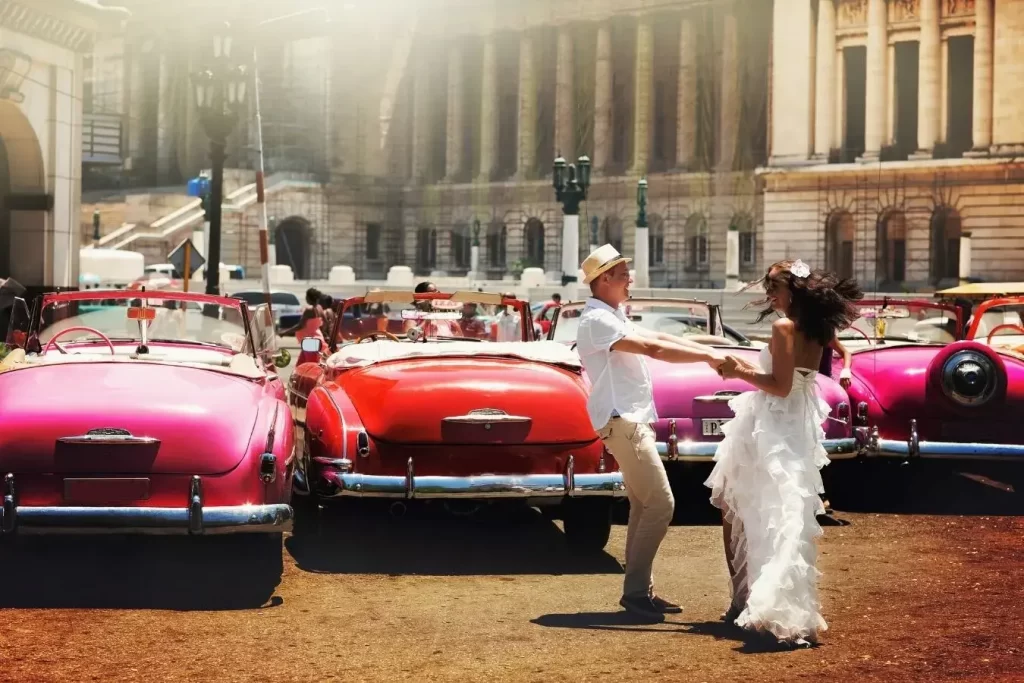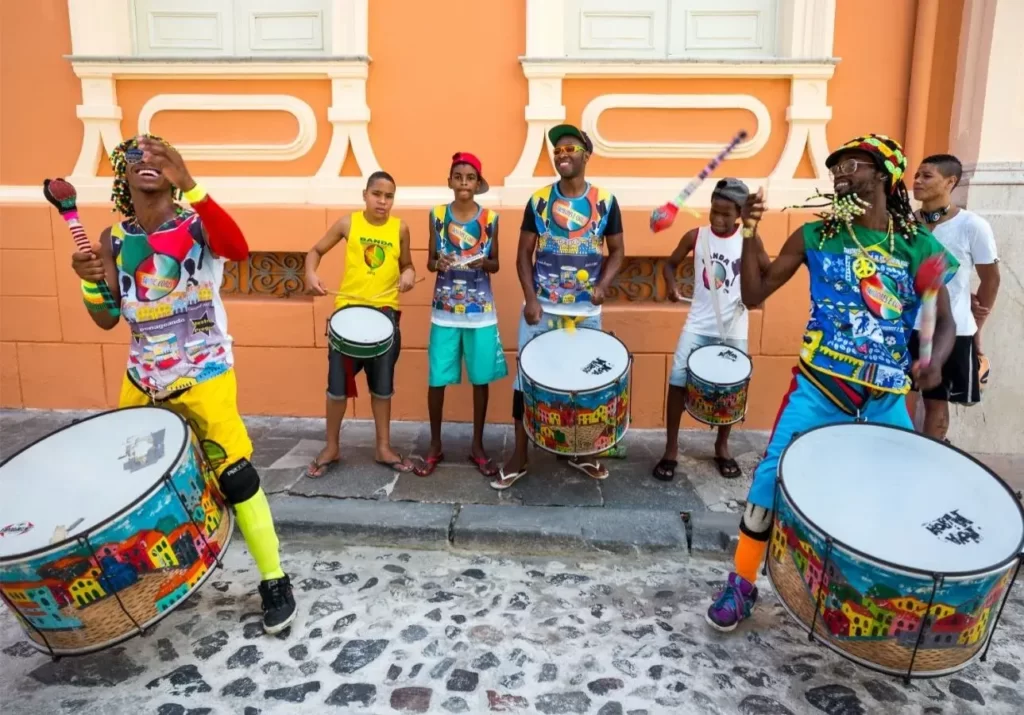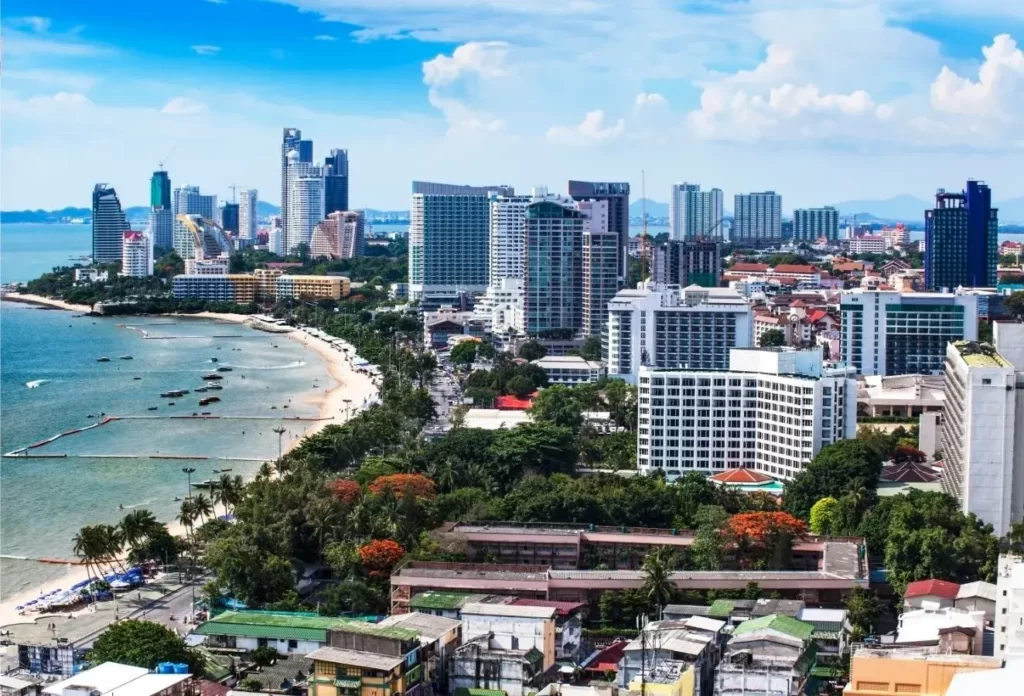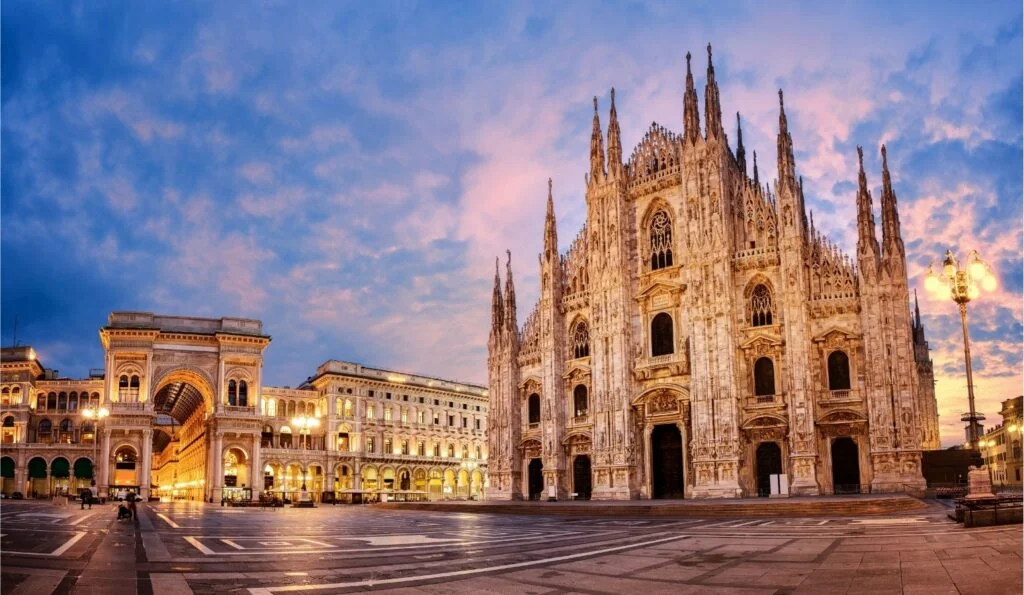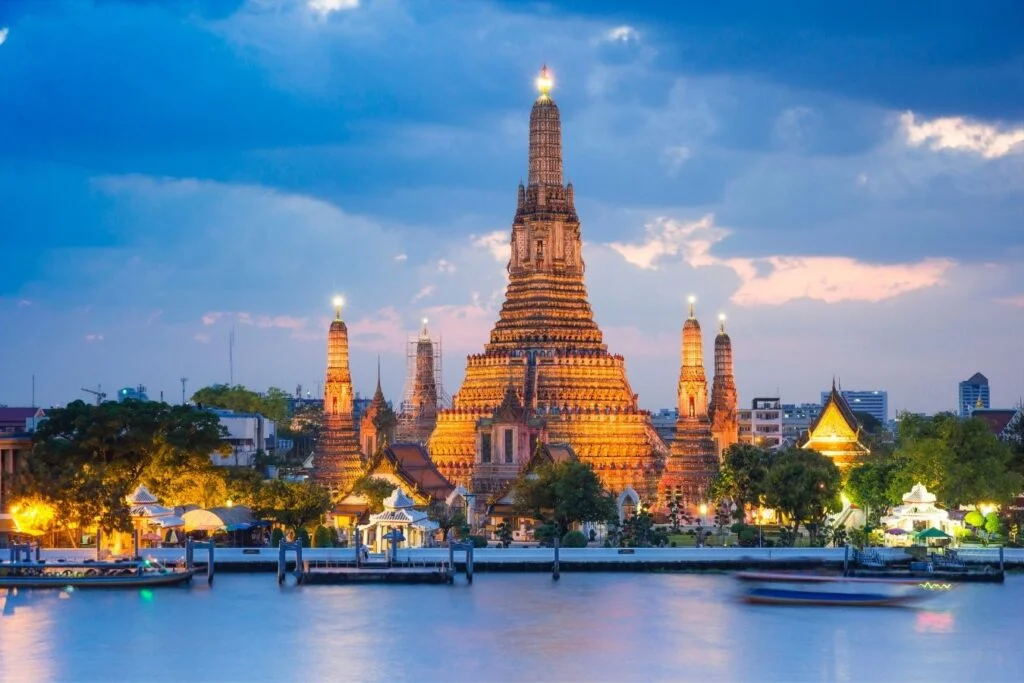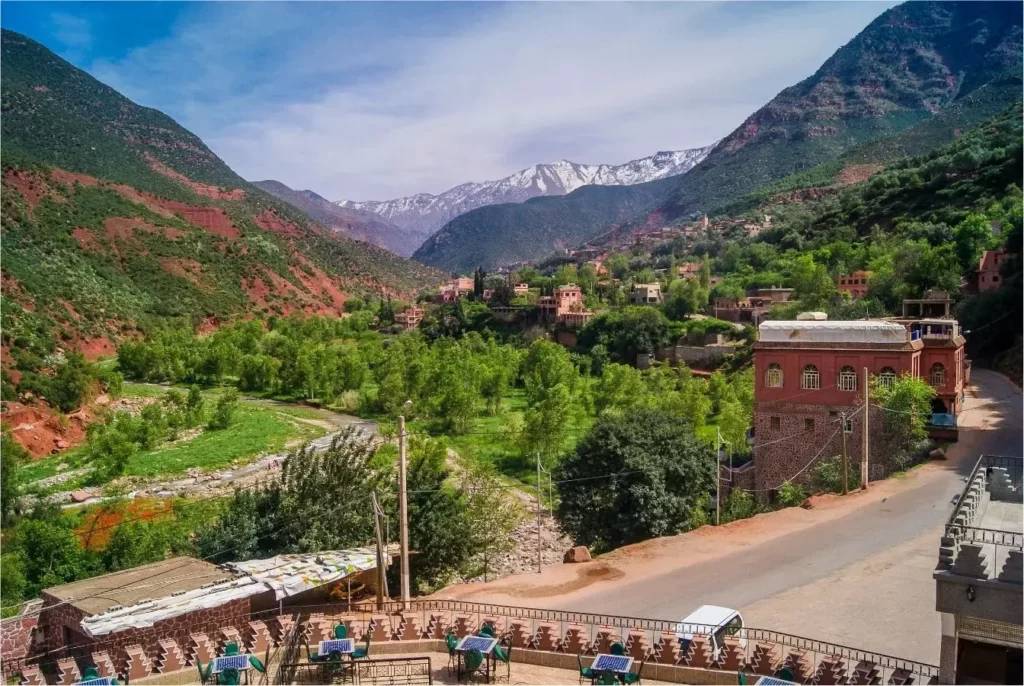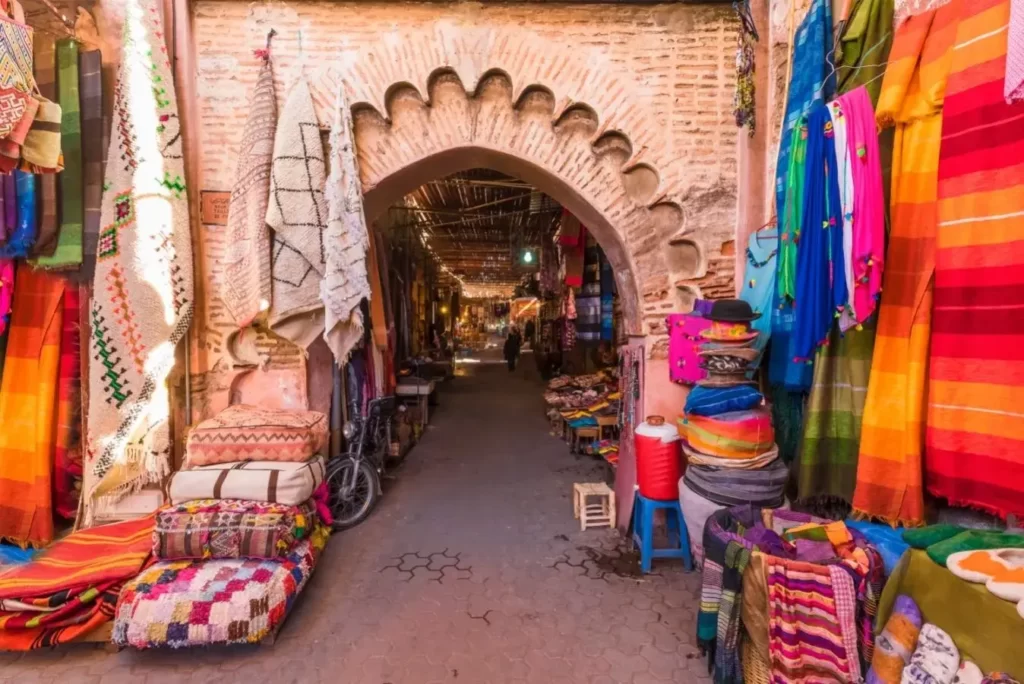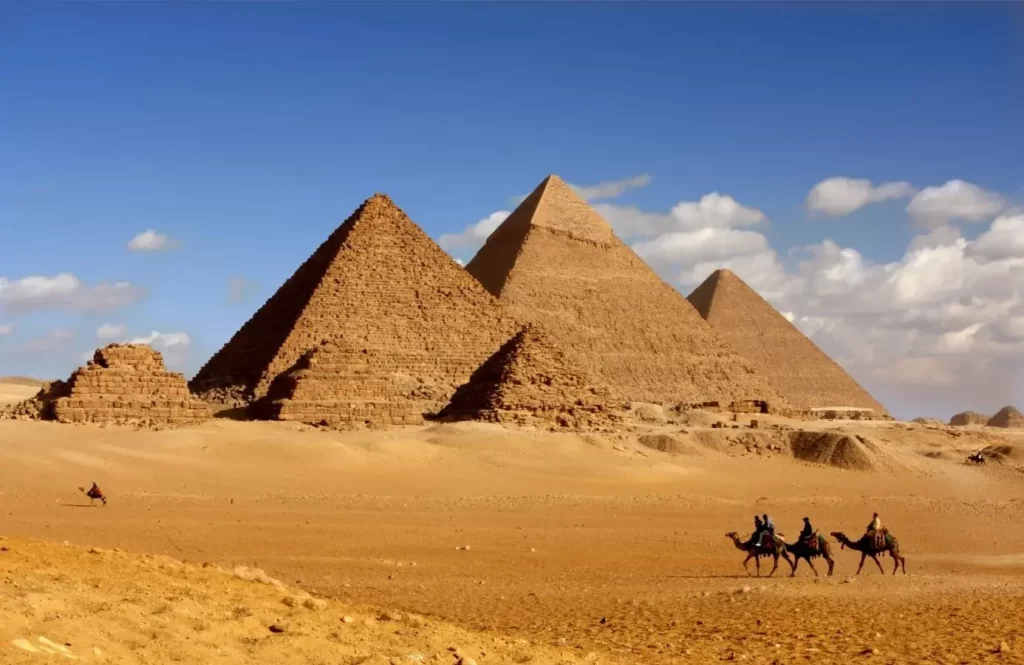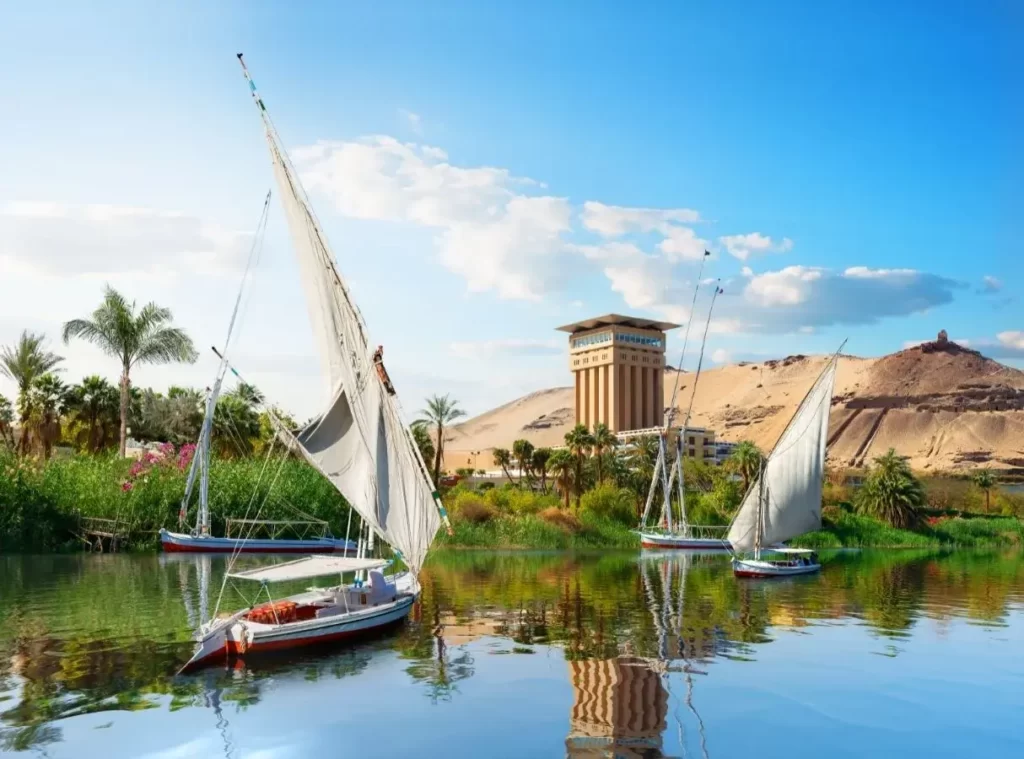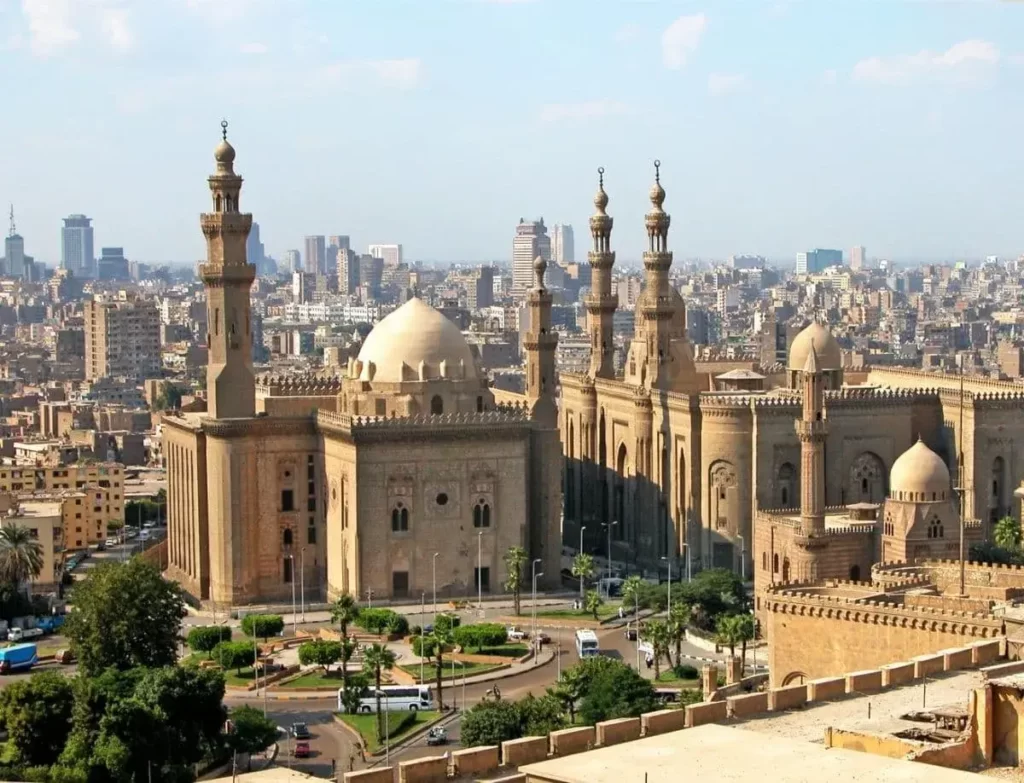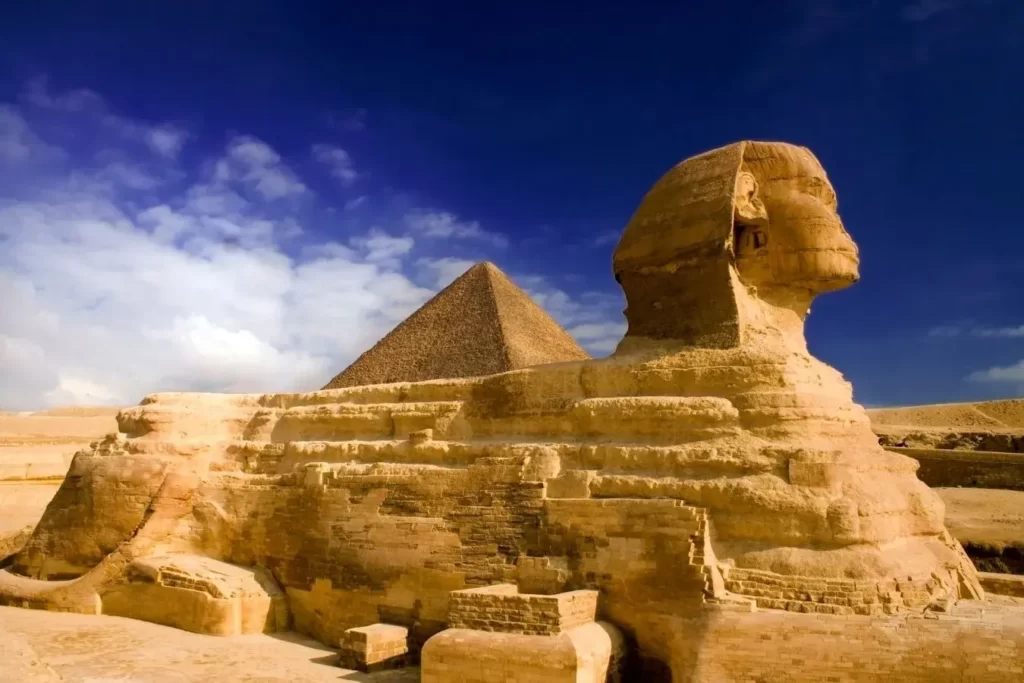Top-Rated Tourist Attractions & Things to Do in São Paulo
| by Assia A. |
| Last Updated April 13, 2023 |
- This Destination Has a Free Tour offer
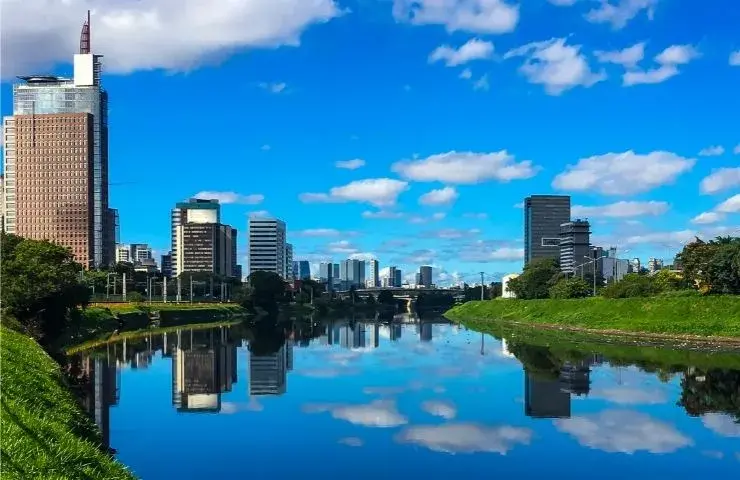
São Paulo is Brazil’s vibrant financial center and a megacity on the land that stretches from the shores of South America. The city sits on the plateau, surrounded by hills and rivers which extend into the interior, providing a natural geographic platform to reach all parts of Brazil.
The city was founded by the Portuguese in 1554 and became the gateway to Brazil’s interior, and explorers known as Bandeirantes soon discovered vast areas of this land that were little explored. Today’s main highways that go into the country still follow their routes.
Sao Paulo is one of the most multicultural cities in the world, it is home to over 13 million residents, most of whom are immigrants from all over the world. The city is the cultural melting pot of Brazil, and its cuisine is influenced by the different nationalities that call the city their home.
Immigrants from all over come here to share their culture, work, and life with the rest of São Paulo’s residents, you can easily spot the influence of Portuguese, Spanish, German, African, Jewish, Arab, and Japanese immigrants. There is even an entire museum dedicated to Japanese immigration and another one to the contributions of Africans in Brazil.
One way to grasp the sheer size of the city is from the observation deck of the 46-story Itália Building on Avenida Ipiranga. São Paulo is a highly popular tourist destination but its tourist attractions are spread all over the city, so the metro system will make it easy to travel from one tourist attraction to the other.
This lively metropolis is full of things to do and has tons of attractions for tourists. Check out our list of things to do and how to explore the top tourist attractions Sao Paulo.
Read More:
Top-Rated Tourist Attractions in Brazil
Museu de Arte

Though the São Paulo Museum of Art, locally known as (MASP) was only opened in 1968, its collection of western art is among the most comprehensive and representative in Latin America. The museum is one of the main tourist attractions in Sao Paulo, featuring work by Impressionists and modern masters – Renoir, Van Gogh, Matisse, Manet, Debret, Picasso, Miró, and 73 bronze sculptures by Degas.
Even though it began as a museum focused on artists from the Renaissance era, this is one of the first museums on the continent to emphasize the mid-20th century and later artists, including Picasso and Rousseau. It also focuses on contemporary Brazilian artists, including Portinari & Di Cavalcanti. Because of its outstanding collections the museum is comparable to the Tate Modern, MoMA, and the Centre Pompidou.
This innovative building, designed by Lina Bo Bardi, is a true gem. Not only does it have beautiful architecture, but the plaza under its suspended structure is the location for a Sunday antique market and live concerts. Compared to other buildings of modern design, it provides an abundance of additional opportunities that make the experience at this location truly special.
Ibirapuera Park(Parque do Ibirapuera)

Ibirapuera Park is a great example of an urban park with a strong focus on the city’s modern architecture and culture. This attraction was designed by landscape architect Roberto Burle Marx, and the buildings were designed by Oscar Niemeyer.
The “green space” in São Paulo is a place for the residents and tourists alike to relax and enjoy the great outdoors. Its monuments, museums, playgrounds, gardens, trails, lakes, and performance spaces are a leisure paradise for the people of São Paulo, as well as a showcase of modern architecture and culture. It’s the most popular park in São Paulo and has over 14 million visitors each year.
The Bandeiras Monument in the park is a remarkable work by Brazilian sculptor Victor Brecheret. It honors those pioneers from São Paulo who lost their lives opening up Brazil’s interior, the obelisk commemorates those who died in 1932 in the struggle for constitutional rights.
Oscar Niemeyer‘s masterpiece Auditório Ibirapuera is considered by many to be one of the best concert venues in São Paulo. The Aeronautics and Folk-Art Museum, Museu da Aeronáutica e do Folclore, exhibits aircraft models & flight equipment on the ground floor with nearly 20,000 exhibits devoted to folk art and traditions from all over Brazil filling the other floors. The Museu Afro-Brasil is a museum dedicated to the contributions of Africans in the development of Brazil and its culture. It holds exhibitions to celebrate the lives of Afro-Brazilians as well as to showcase the works of some of the country’s most important artists.
Always in the park, you will find the Japanese Pavilion dates back to 1954 and is filled with exhibits of sculptures, Samurai clothing, pottery, and other treasures. The beautifully designed gardens out front are planted at the base with volcanic rock from Japan. A variety of plant species can be found nearby around the fish pond that’s always stocked with hungry colorful carps waiting for visitors to feed them.
Contemporary Art Museum (Museu de Arte Contemporânea)
Inside the Parque Ibirapuera you can find the Pavilhão da Bienal de Artes. This was designed by Oscar Niemeyer and finished in 1957. The place houses the beautiful Museum of Contemporary Art along with other special exhibitions and shows.
The Museum is home to more than 5,000 pieces of art representing numerous art schools. From the early 20th century artists such as Picasso, Modigliani, and Léger to leading Brazilian painters today like Tarsila do Amaral, Anitma Malfatti, Portinari, & Di Cavalcanti.
There are also displays of works by Marc Chagall, Wassily Kandinsky, and Joan Miró. you will see the Sculpture Garden that was designed by Roberto Burle Marx and displays 30 large works in an outdoor display.
Avenida Paulista
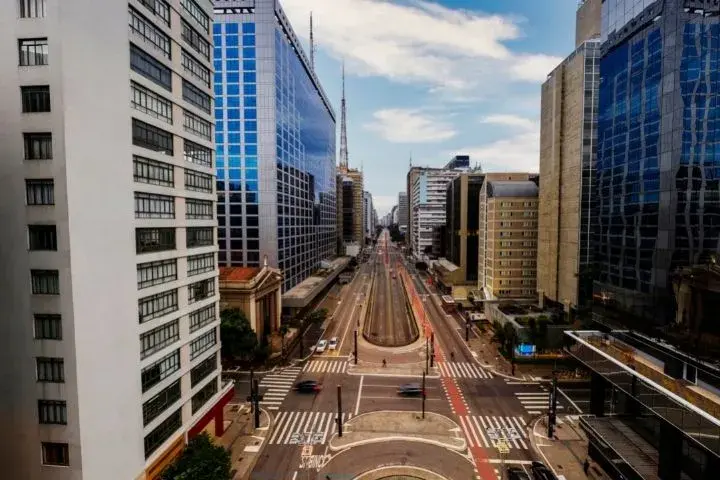
Avenida Paulista is Sao Paulo’s main commercial district, packed with restaurants, and clubs. The area is filled with things to see and do and has become a favorite hangout for tourists and locals alike. There are lots of shops, theaters, galleries, and museums nearby including the São Paulo Museum of Art.
With nearby parks and within walking distance, Parque Trianon is a spacious oasis in the city center. It also hosts many festivals throughout the year, including some that close off traffic to become pedestrian-only.
Football Museum (Museo do Futebol)
Sao Paulo is one of the most important cities in the world of football and it is hard to imagine the country without the beautiful game. The museum dedicated to the game provides great insight and information on the sport and how it occupies a special place in the heart of all Brazilians.
Your tour will take you to 15 different galleries spread out over 6,000 square meters where interactive exhibits are entertaining and engaging. Each gallery focuses on different aspects of the game and football development in Brazil.
When looking at the galleries, your eyes are drawn to the giant screens mounted on the walls that show famous plays, games, and happenings in history. There are also hundreds of famous photographs that have been framed and brought in for their value to be appreciated by the visitors.
Step up to the challenge! If you think you’re a big star player, test your skills by taking a penalty kick against a virtual goalie. The machine will show you your results, including the speed of the ball. The entire museum is a sight to see and is sure to be a hit for any Football fan.
Sé Cathedral

Sé Cathedral is one of the most impressive structures in Sao Paulo, the neo-Gothic cathedral took from 1913 to 1967 to finish. It was interrupted by two world wars, which caused difficulty to bring in mosaic and other decoration artwork that had been made in Italy during wartime. It was inaugurated on the 400th anniversary of the founding of São Paulo in 1954. Many people gathered to see this historic occasion.
Old Testament prophets and Christ’s disciples are on the façade of the church while the rest of the church is a mix of neo-Gothic, and Renaissance architecture. Inside, you will see a variety of styles including the 10,000-pipe organ and stained-glass windows that reflect the history of Catholicism in Brazil.
Be sure to notice the capitals on the pillars, carved to represent Brazilian flora and fauna, as well as armadillos. Below the main church, you will find the crypt where the marble sculptures and tombs are. The Sé Cathedral is located in the historic center of Sao Paulo and is a good place to take a walking tour of the old town.
Parque da Independància and Museu Paulista

In São Paulo’s Ipiranga district, the Independence Park commemorates the declaration of independence of Brazil from Portugal in 1822 by Prince Pedro. It overlooks the formal gardens of roses, topiaries, and fountains inspired by those at Versailles; the Museu Paulista, more commonly known as the Museu do Ipiranga.
The Italian architect, Tommaso Gaudenzio Bezzi, created an eclectic representation of Italian Neoclassicism, similar to Renaissance palaces. The rooms inside are filled with large collections of costumes, decorative arts, paintings, and furniture that come from the Imperial Period.
Teatro Municipal (City Theater)
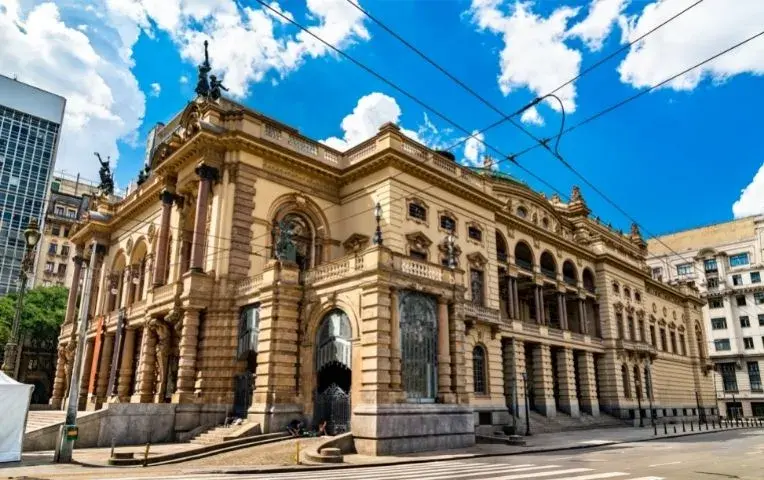
Architects Ramos de Azevedo designed Sao Paulo’s Municipal Theater after the Paris Opéra. He mixed the styles of Art Nouveau and the Italian Renaissance to make the building uniquely Brazilian. After opening in 1911, this landmark became a major attraction in Sao Paulo. In 1922 this status was enhanced, when it was the venue for a memorable event that revolutionized the arts in Brazil.
The Week of Modern Art (WOMA) is an exhibition that featured emerging artists who were to become icons of the Brazilian modernist movement. Among these artists is painters Emiliano di Cavalcanti, Tarsila do Amaral, Anita Malfatti, and Menotti Del Picchia; composer Heitor Villa-Lobos; playwright Mário de Andrade; and sculptor Victor Brecheret.
One of the most famous centers for the performing arts in South America, the theater has seen performances by internationally-renowned singers, dancers, musicians, and artists that have included Carla Fracci, Mikhail Baryshnikov, Rudolf Nureyev, Titta Ruffo, and Enrico Caruso.
The building was renovated and re-opened in 1991. It is now home to the São Paulo Symphony Orchestra, the Coral Lírico (Lyric Choir), and the City Ballet of São Paulo.
Pátio do Colégio

The square known as Pátio do Colégio, immediately north of Praça da Sé and the cathedral is the heart of São Paulo. It is where Manuel de Nobrega and José de Anchieta founded the Colegio da Sociedade Jesuíta, a residence, and center of study for Jesuits, and on January 25th, 1554 it was the place witnessed the celebration of the first mass in the settlement.
The charming plaza is now occupied by the *Historical Museum*, a museum of sacred art and the *Capela de Anchieta*. All that remains of the outstanding 16th century building are its doors and a stretch of clay wall.
The gardens here offer a nice chill place to visit and relax in its pleasant cafe.
Benedictine Monastery (Mosteiro de São Bento)
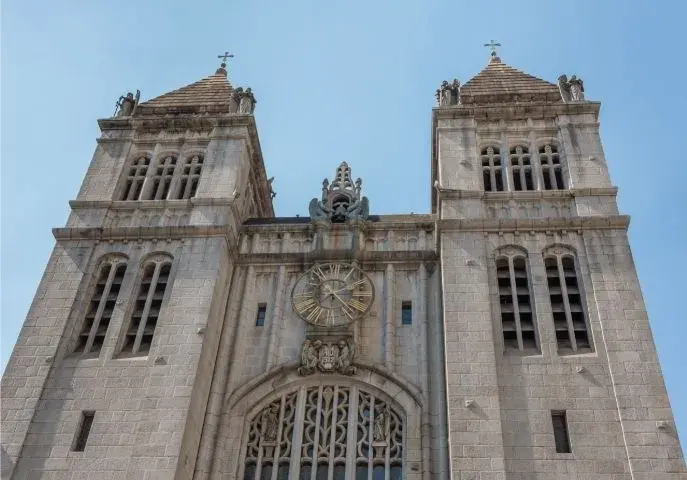
The Benedictine monastery and church are thought to have been founded in the late 16th century but the current building dates only from 1910-22. While the current exterior is modern, the interior is richly painted and includes 17th-century statues of St. Benedict and St. Scholastica carved by Agostinho de Jesus.
Other notable Benedictine artists contributed to the monastery’s decoration. As well as some impressive stained glass, an image of the Virgin in a robe set with pearls, and a crucifix that was made in 1777. you can visit the monastery’s shop to buy delicious homemade treats that are baked by the brothers.
Batman Alley (Beco do Batman)
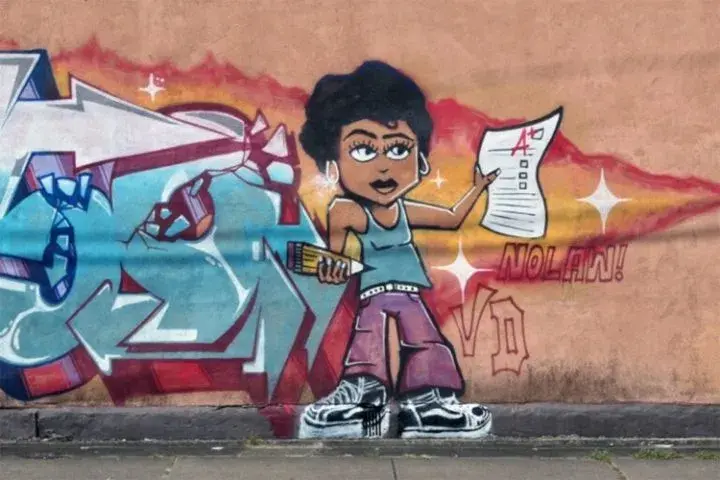
If you are in the Vila Madalena neighborhood, Beco do Batman is a wild and colorful spot located between Gonçalo Afonso Street and Medeiros de Albuquerque Street. Since the 1980s, Graffiti artists have been showcasing their innovative works of art on this painting-covered wall.
When you visit, you will see unique pieces of artwork. It won’t be unusual to find an artist creating pieces at the same time that you photograph the area.
If you would like to meet some of the artists, and have a personal photoshoot against the amazing murals, then consider taking a tour. The photoshoot will take up to 100 photos of you, and your favorite ones will be edited in a Photoshop project file and shared with you digitally within 24 hours.
Pinacoteca do Estado (Art Gallery of the State of São Paulo)
Opened in 1905 the Museum of Art is the oldest in São Paulo and showcases artistic works from Brazilian artists. It is home to over 10,000 works of art, which include drawings, paintings, and sculptures from the 1800s through the present. The architecture of the building is stunning and worth a visit itself (the museum is housed in the restored Liceu de Artes e Ofícios building).
The Pina Estação is the museum’s second location that contains part of the collection, including a memorial to the São Paulo Resistance and many different documents that relate to different political Brazilian struggles. They also have an extensive library that’s well worth checking out.
Largo de São Francisco

A street west of the cathedral and the Pátio do Colégio is named after the Igreja de São Francisco de Assis, which faces it. The church was built in 1644, making it one of the city’s oldest surviving churches. Its interior is clearly inspired by the design of Portuguese palaces in the 16th century – which are often very cheerful, airy and filled with gold flourishes.
The church was restored after a fire in 1870, but sadly, it was damaged again not too long ago. While the neighboring church of the Ordem Terceira de São Francisco, the Third (lay) Franciscan Order, built from 1676 to 1791 has not been restored since then and is closed to visitors.
The third building in the complex is the Franciscan Friary, which has been occupied since 1828 by the Law Faculty of São Paulo University. (The neighborhood is not a place to visit at night).
Nossa Senhora da Luz
On Avenida Tiradentes, circles the Parque da Luz area, are the convent and church of Nossa Senhora da Luz, the most well-preserved examples of the traditional architectural styles of São Paulo. Built in the 18th century, the church and convent are constructed entirely of clay.
The Museum of Sacred Art is now a part of the Nossa Senhora da Luz convent, and it contains about 11,000 items including pictures, statues, altarpieces, and furniture from the 16th through 19th centuries.
Praça Tiradentes is also home to the Pinacoteca do Estado, the State Picture Gallery, and the old museum in Sao Paulo. It has a collection of about 2,500 paintings, drawings, and prints, most of them from Brazilian artists.
Explore More Destinations:
Top-Rated Tourist Attractions in Brazil
Top-Rated Tourist Attractions in São Paulo
Top-Rated Tourist Attractions in Italy
Top-Rated Tourist Attractions in Egypt
10 Top-Rated Tourist Attractions in France
Top-Rated Attractions & Things to Do in Morocco
Tours & Excursions in São Paulo
Visa & Health Requirements
Please make sure you check all the information you need to know about the passport, visa, and health requirements of your destination.
Check out all the data provided by IATA (International Air Transport Association)
Share This





